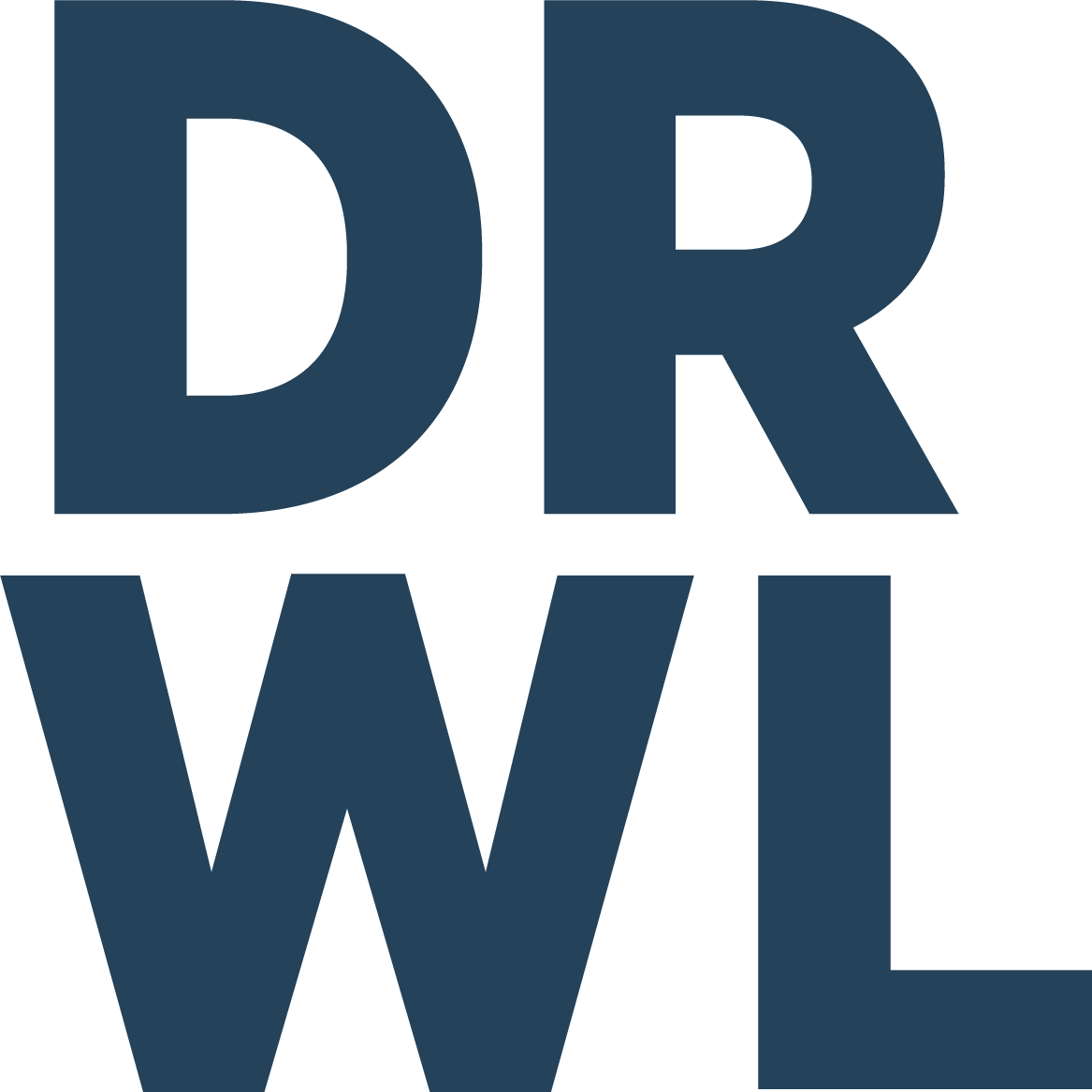Promoting positive outcomes: A primer on behavior supports in the IEP
Individualized Education Programs (IEPs) are critical documents designed to provide students with disabilities the necessary support and accommodations to succeed in their educational journey. While IEPs typically focus on academic goals, they also address behavioral needs. Behavior supports in the IEP are essential components that help students manage their behavior, learn appropriate social skills, and create a conducive learning environment for both the student and their peers.
Understanding Behavior Supports
Behavior supports in an IEP refer to strategies and interventions aimed at addressing a student's challenging behaviors and promoting positive conduct. These behaviors can include anything from disruptions in class to difficulties with self-regulation, social interactions, or emotional management. Behavior supports are tailored to the individual needs of the student and are designed to help them make progress in both academic and social areas.
Components of Behavior Supports in the IEP
Behavioral assessment: The first step in implementing behavior supports is to conduct a comprehensive assessment of the student's behavior. This assessment helps identify the specific behaviors that need to be addressed, their triggers, and their frequency. It also takes into account any underlying factors such as sensory sensitivities, communication challenges, or emotional issues that may contribute to the behavior.
Behavioral goals and objectives: Once the assessment is complete, the IEP team (which includes parents, teachers, and specialists) establishes clear and measurable behavioral goals and objectives for the student. These goals should be specific, achievable, and time-bound.
Positive behavior support strategies: Positive behavior support strategies are proactive techniques designed to prevent challenging behaviors from occurring. These may include visual schedules, sensory accommodations, social stories, and teaching replacement behaviors. The emphasis is on reinforcing desired behaviors rather than focusing solely on punishment for undesirable ones.
Functional Behavioral Assessment (FBA): An FBA is a more in-depth analysis of challenging behavior. It seeks to understand the function or purpose of the behavior and identifies strategies to replace it with more appropriate behaviors. FBAs help IEP teams better address the root causes of challenging behaviors.
Behavior Intervention Plan (BIP): A BIP is a written plan that outlines the specific strategies and interventions to be used in addressing the student's challenging behaviors. It includes details on how to implement positive behavior supports, monitor progress, and modify the plan as needed.
Data collection and monitoring: Consistent data collection is essential to track a student's progress and the effectiveness of behavior supports. This allows the IEP team to make informed decisions about whether adjustments are needed to the plan.
Benefits of Behavior Supports in the IEP
Improved learning environment: Effective behavior supports create a more conducive learning environment for both the student and their peers, fostering a positive and inclusive classroom atmosphere.
Enhanced social skills: By addressing challenging behaviors, behavior supports can help students develop essential social and emotional skills necessary for success in school and beyond.
Increased academic achievement: When challenging behaviors are managed effectively, students can better focus on their academic tasks, leading to improved academic performance.
Greater independence: Behavior supports can help students become more self-reliant and better equipped to manage their behavior independently.
Reduced disruptions: Teachers and students benefit from fewer disruptions in the classroom, which can lead to a more productive and enjoyable learning experience for everyone.
Behavior supports in the IEP are invaluable tools that ensure students with disabilities receive the necessary assistance to manage their behaviors, develop social skills, and thrive academically. By focusing on positive behavior supports, schools create an environment where students can reach their full potential, both inside and outside the classroom. Through collaboration among educators, parents, and specialists, students with disabilities can overcome behavioral challenges and succeed in their educational journey.
